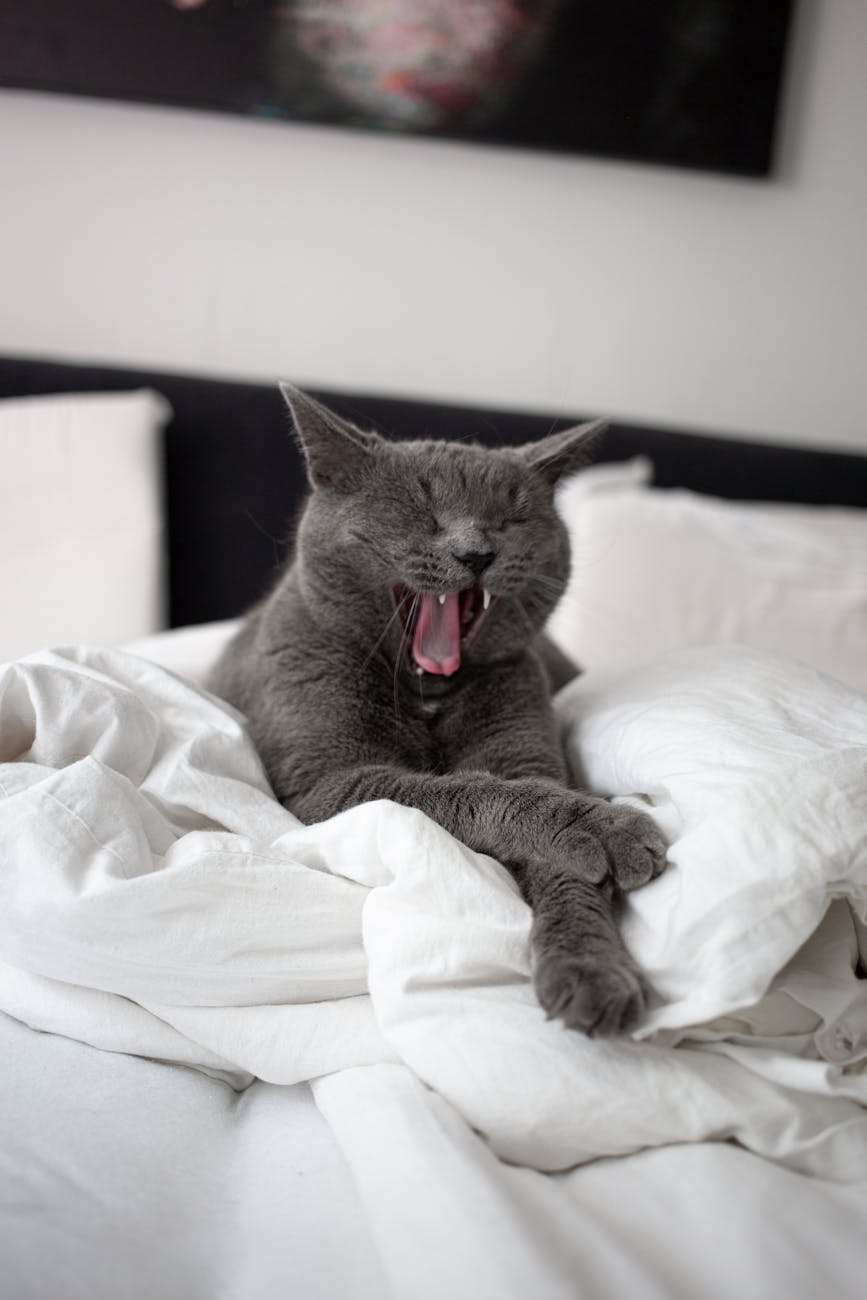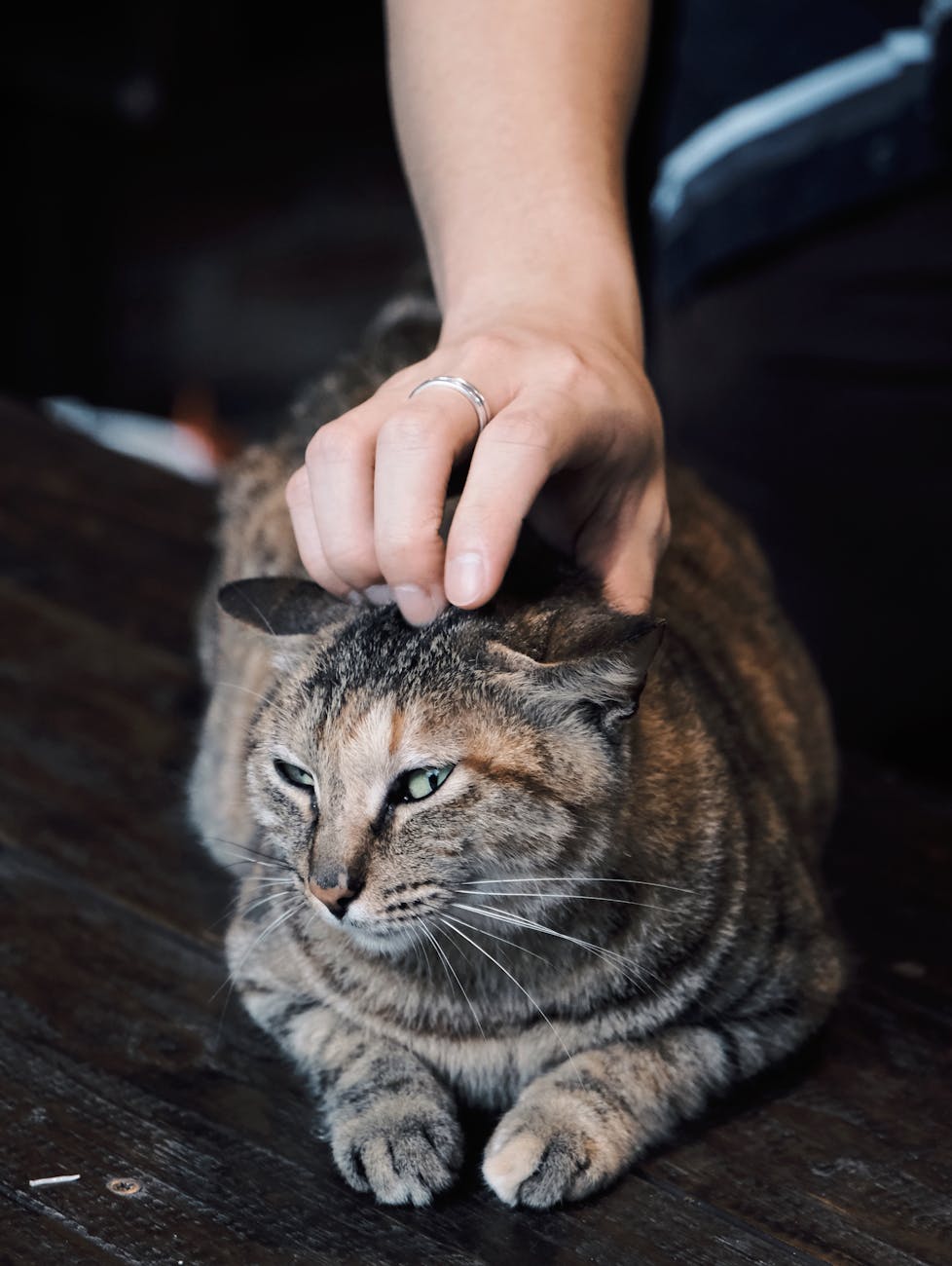Cats have a fascinating array of behaviors that both intrigue and puzzle their human companions. One of the most curious actions you might observe is kneading, often called “making biscuits.” This rhythmic motion involves a cat pressing its paws into a soft surface, alternating between left and right. But why do cats knead? Let’s delve into the origins and meanings behind this unique feline behavior.
The Origins of Kneading in Cats
Kneading is a behavior that originates in kittenhood. As kittens nurse from their mothers, they knead to stimulate the flow of milk. This instinctive action is comforting and often carries into adulthood, even when the cat is no longer nursing.
Expert Insights on Kneading
According to feline behaviorist Pam Johnson-Bennett, kneading is a sign of contentment and safety. She notes that cats often engage in this behavior when they are comfortable, happy, or preparing to rest. Kneading can also be a way for cats to mark their territory, as the action releases scent glands located in their paws.
Research Findings
Various studies indicate that kneading has both physiological and psychological benefits for cats. It helps them stretch their muscles and can be a way to relieve stress. A study published in the Journal of Feline Medicine and Surgery discusses how behaviors like kneading are essential for a cat’s well-being, providing them with emotional comfort and physical exercise.
Personal Experiences
Many cat owners have stories about their furry friends’ kneading habits. For instance, Mark, a cat owner from Ohio, shares how his cat, Luna, kneads his blanket every night before settling down to sleep. This ritual seems to comfort Luna, making it an integral part of her bedtime routine.
Tips for Managing Kneading
- Provide your cat with a comfortable blanket or soft surface to knead on.
- Trim your cat’s nails regularly to prevent accidental scratches.
- If kneading becomes excessive, consult with a veterinarian to rule out any underlying issues.
Comparison of Kneading Behaviors
| Behavior | Common Triggers | Associated Emotions |
|---|---|---|
| Kneading | Comfort, Contentment | Happiness, Relaxation |
| Purring | Petting, Eating | Contentment, Pleasure |
| Tail Wagging | Excitement, Agitation | Curiosity, Irritation |
| Kneading with Purring | Snuggling, Relaxation | Deep Contentment |
| Meowing | Hunger, Attention Seeking | Need for Interaction |
| Head Butting | Greeting, Affection | Bonding, Warmth |
| Ear Flicking | Displeasure, Annoyance | Alertness, Discomfort |
| Slow Blinking | Calm Environment | Trust, Affection |
FAQ
Why is my cat kneading on my lap?
Your cat kneads on your lap because it feels safe and comfortable with you, often associating the action with affection and security.
Is kneading a sign of affection?
Yes, kneading is generally seen as a sign of affection and contentment. Cats often knead when they are feeling happy and relaxed.
Can I train my cat to stop kneading?
While you can’t train your cat to stop kneading entirely, you can manage the behavior by providing appropriate surfaces and keeping their nails trimmed.
Do all cats knead?
Not all cats knead, but it is a common behavior observed in many felines. Each cat has its own unique habits and preferences.
Conclusion
Kneading is a delightful and intriguing behavior that offers insights into a cat’s emotions and instincts. Understanding why your cat kneads can enhance your relationship, providing peace and comfort to both you and your feline friend. Encourage this natural behavior by ensuring your cat has a cozy space to enjoy this comforting ritual.




Leave a Reply